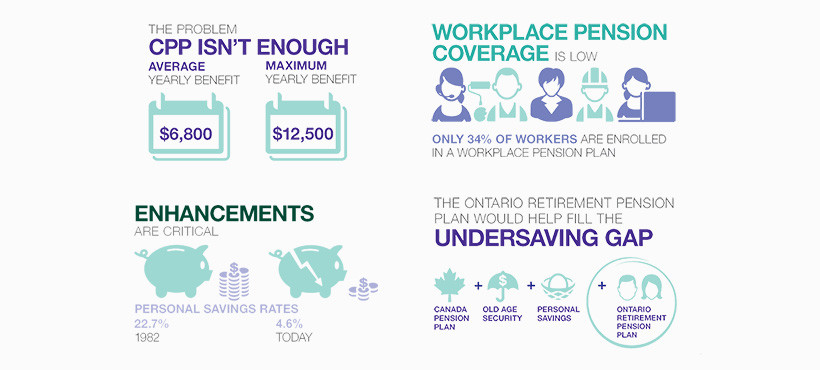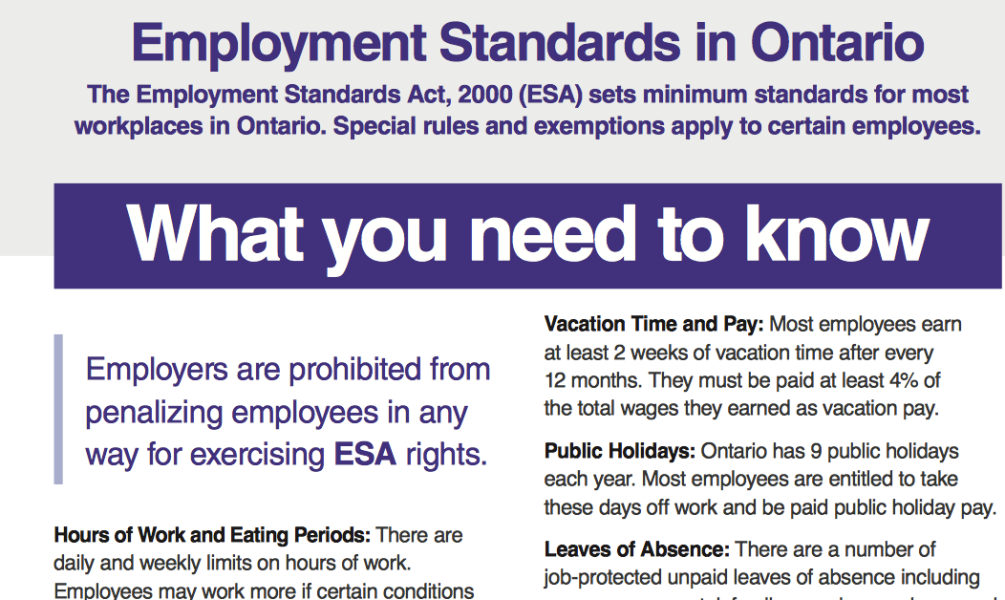How to Manage Workplace Bad Behaviour
Most of us have experienced working with a co-worker who displayed one or more of the following workplace bad behaviours:
- Gossiping
- Showing up late
- Spending too much time on personal business
- Taking extra long breaks
- Backstabbing
- Telling lies
These bad work behaviours rarely go unnoticed. Eventually they will lead to resentment, poor morale and conflict. It is best to address these problem work behaviours quickly. As a manager or business owner you need to take action. If you do not, you risk losing the respect of your employees. In the worst case scenario, your best employees may seek out other job opportunities.
Tips for Correcting Behaviour Problems:
- Gather and document the facts.
- Start with an informal approach.
- Meet privately with the employee.
- Focus on the work related behaviour and how it impacts co-workers and performance.
- Be specific about what the employee needs to improve.
- Be professional. Don’t use language that is judgmental or critical. Don’t comment on the employee’s personality.
- Be positive in your message about the employee improving their behaviour.
- Follow up.
- If the situation improves, provide positive feedback.
- If the situation does not improve use a more formal approach – a formal warning; transfer this person to another location or position that may be more suitable; or eventual termination of employment. Make sure to discuss the consequences of failing to improve at your next meeting.
Problems like those listed above rarely resolve themselves. Make sure you react swiftly when bad behaviour occurs in your workplace.





